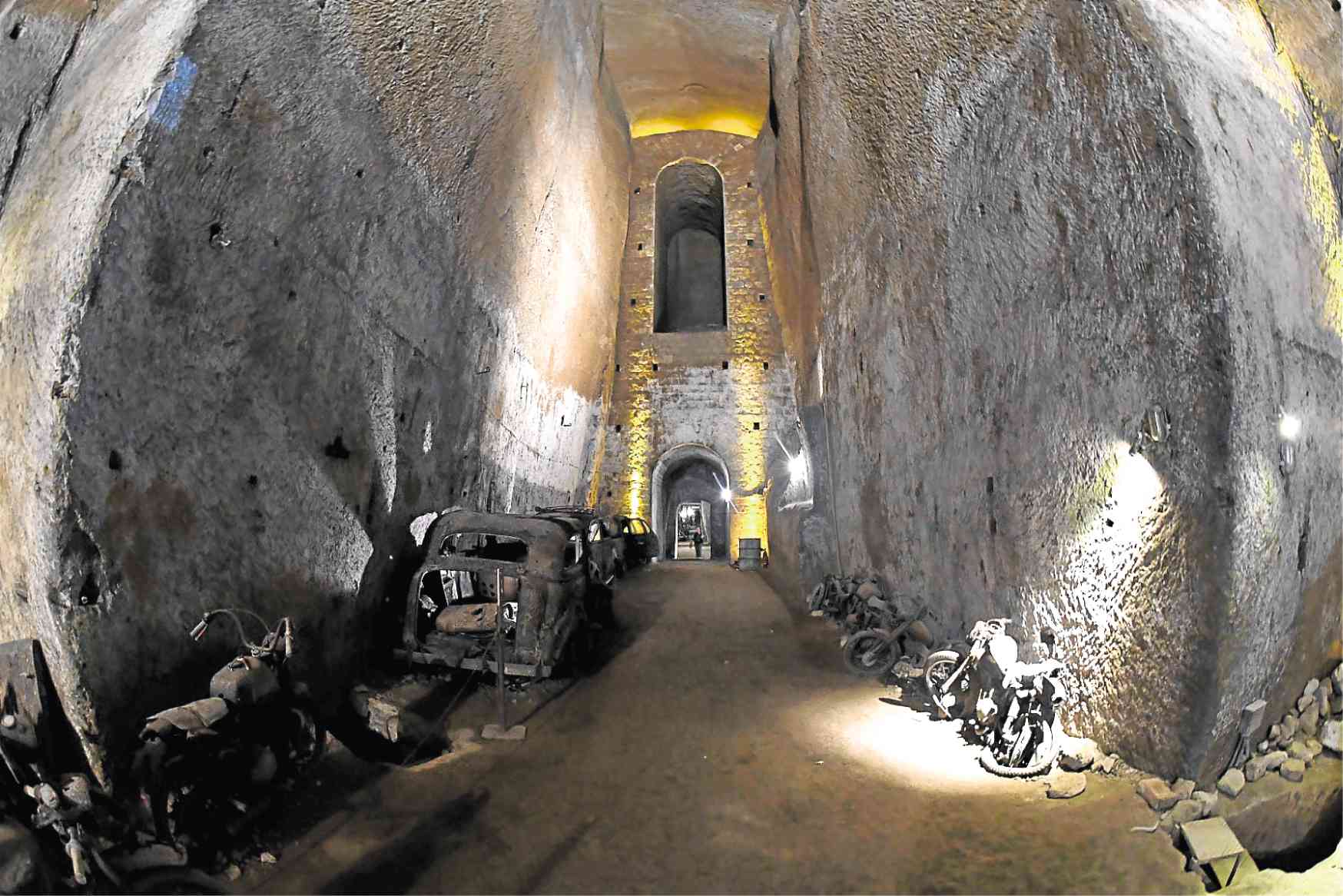Tunnel vision: Hope for troubled planet may lie underground

Credit to Author: clopez| Date: Thu, 09 May 2019 21:40:57 +0000
NAPLES, ITALY—Solutions to the biggest threats facing our planet lie underground, according to experts who insist climate change, overpopulation and food shortages can all be tackled by going subterranean.
“We are coming to a point in our history in which we need to start looking for more space,” Han Admiraal, a civil engineer with over two decades of experience in underground space, told Agence France-Presse on the sidelines of this year’s World Tunnel Congress.
Efforts to meet seven of the United Nations’ 17 sustainable development goals—from cleaning up pollution-clogged metropolises to ending world hunger—could be given a big boost by repurposing spaces below street level, he said.
“We don’t seem to realize that we’re losing a lot of arable land at an alarming rate each year (to soil degradation, urbanization and intensive farming), where we should be increasing it to feed the growing world population.
“Underground spaces could easily be used for growing crops,” he said, as he toured the cavernous Bourbon Tunnel, dug deep under the Italian city of Naples as a potential escape route for King Ferdinand II of Bourbon after the 1848 riots.
Scientific developments in areas like aquaponics—where vegetables and fish are farmed together—could help relieve the pressure on the food supply chain and dramatically cut transport costs if such new farms were situated under cities.
Meat substitute
Micro greens—tiny seedlings of plants such as fennel, radish or coriander usually harvested when they are full size—are already being grown underground, as is lettuce, Admiraal said.
“We could look at adding products like soy or lupin, which can be used as the basis for creating more protein-rich products that can be used as a substitute for meat,” reducing our reliance on one of the biggest climate destroyers: the meat industry.
“You can also think about underground car parks: We know that cars are killing cities. We’re moving toward electrical vehicles, autonomous vehicles. So the question is, will those spaces still be needed in the future in the way they are now?
“You could give them a new lease of life that actually supports the livability of the city,” he said.
From Boston to Oslo, Rio de Janeiro, Seattle and Sydney, structures such as multilane highways are being moved underground, with the disused spaces converted into parks, according to urban planner Antonia Cornaro.
“Cities where the population growth is very strong, and which are struggling with resources, with the impact on their natural habitat . . . are looking at innovative ways to expand,” she said.
“They’re looking at floating cities but are realizing that’s not the solution, because it affects marine life and is difficult to build, so why not go downward,” added Cornaro, who is on the Itacus international underground space committee with Admiraal.
Universities, sports facilities
Metropolises like Singapore and Hong Kong have already begun changing legislation to allow for everything from universities to libraries, shopping centers, cinemas and sports facilities to move underground.
Trees planted in new green areas will do their bit to help rein in climate change, as well as help prevent soil degradation.
Going underground can also help protect populations from the severe weather events climate change is expected to spark.
“For flooding, and also for other natural disasters, it can really help make the city more resilient to exploit the underground for shelter,” Cornaro said.
Simulate daylight
“Fiber optics can bring sunlight below the surface, and also you can simulate daylight nowadays,” she added.
A lack of sunlight has certainly not stopped ferns from growing among the dust-covered wrecks of cars abandoned in the Bourbon Tunnel decades ago, when it was used as a police pound.
How well plants can grow without the sun’s rays is the focus of current studies looking into the optimal frequency of artificial light for photosynthesis, Admiraal said. —AFP